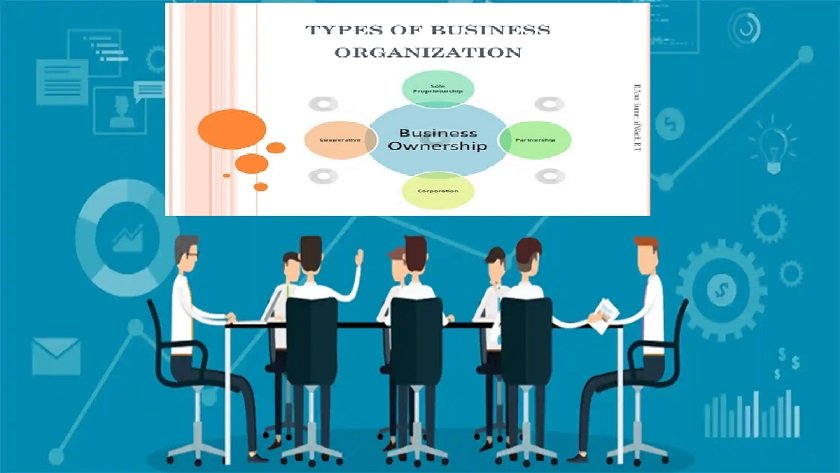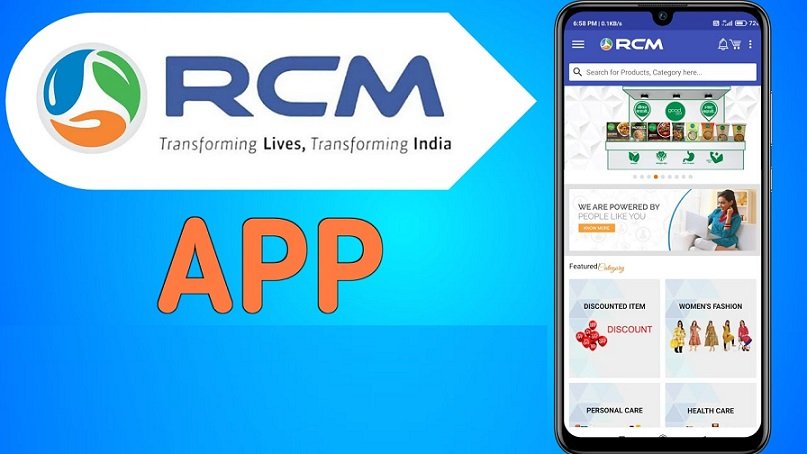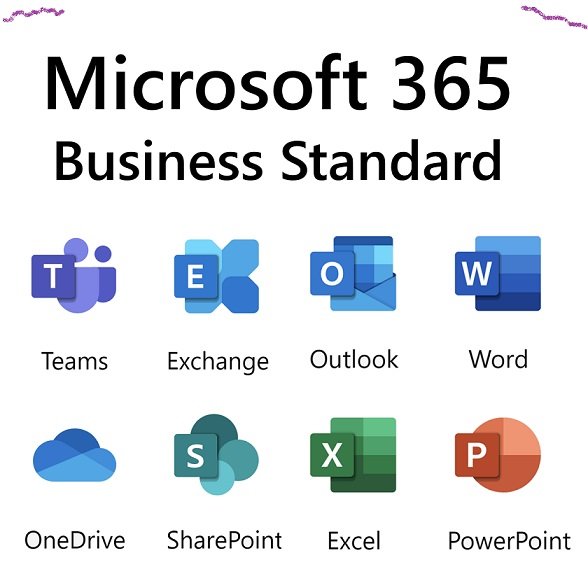The Ultimate Guide to Business Organization
Proper business organization is the backbone of any successful enterprise. Whether you’re starting a small business or managing a multinational corporation, understanding how to structure and organize your business is crucial. In this guide, we will explore the key aspects of business organization, its importance, and how to optimize your business for sustainable growth.
Table of Contents
- What is Business Organization?
- Types of Business Organizations
- Importance of Business Organization
- Key Elements of an Effective Business Organization
- How to Choose the Right Business Organization Structure
- Benefits of Proper Business Organization
- Challenges in Business Organization
- Case Studies of Successful Business Organizations
- FAQs on Business Organization
What is Business Organization?
Business organization refers to the arrangement and coordination of activities, resources, and personnel within a company to achieve its goals efficiently. It encompasses the framework, hierarchy, and operational processes that ensure smooth functioning and growth.
Types of Business Organizations
Business organizations are categorized based on ownership structure and operational scope. Below are the most common types:
Sole Proprietorship
A sole proprietorship is the simplest form of business structure. Owned and operated by one individual, it offers ease of setup and full control.
| Advantages | Disadvantages |
|---|---|
| Simple to establish | Unlimited personal liability |
| Full control of decisions | Limited capital resources |
| Lower tax obligations | Business ceases with owner |
Partnership
A partnership involves two or more individuals who share ownership and responsibilities.
| Advantages | Disadvantages |
|---|---|
| Shared financial burden | Joint liability for debts |
| Combined expertise | Potential for disputes |
| Easier access to funding | Profit sharing |
Corporation
A corporation is a separate legal entity from its owners, offering limited liability but more regulatory requirements.
| Advantages | Disadvantages |
|---|---|
| Limited liability for owners | Complex setup process |
| Easy transfer of ownership | Double taxation in some cases |
| Greater capital-raising ability | Heavy regulatory oversight |
Limited Liability Company (LLC)
An LLC combines features of partnerships and corporations, offering flexibility and limited liability.
| Advantages | Disadvantages |
|---|---|
| Limited liability | May require more paperwork |
| Flexible tax options | Varied regulations by state |
| Less formal than corporations | Costs associated with formation |
Importance of Business Organization
- Efficiency: Proper organization reduces redundancy and optimizes resource utilization.
- Clarity: Clearly defined roles and responsibilities minimize confusion.
- Scalability: Structured businesses can adapt and expand more easily.
- Legal Compliance: Organized businesses are better equipped to meet legal and tax obligations.
Key Elements of an Effective Business Organization
- Vision and Mission: A clear understanding of the business’s goals.
- Hierarchy: A well-defined organizational structure to streamline decision-making.
- Processes: Standard operating procedures (SOPs) for consistent performance.
- Technology: Use of tools like CRM, ERP, and project management software.
- Communication: Open channels for effective internal and external communication.
How to Choose the Right Business Organization Structure
Choosing the appropriate business structure depends on various factors:
| Factor | Recommendation |
|---|---|
| Business size | Sole proprietorship or LLC for small firms |
| Risk tolerance | Corporation or LLC for high-risk ventures |
| Tax preferences | Partnership or LLC for flexibility |
| Growth plans | Corporation for scalability |
Benefits of Proper Business Organization
- Improved Efficiency: Streamlined processes and workflows.
- Enhanced Profitability: Better resource allocation leads to cost savings.
- Stronger Branding: Consistent and organized businesses build trust with customers.
- Reduced Risk: Compliance and structured risk management lower liabilities.
Challenges in Business Organization
- Resistance to Change: Employees may struggle to adapt to new processes.
- Cost of Implementation: Restructuring can be expensive.
- Communication Barriers: Poor communication can derail even the best plans.
Case Studies of Successful Business Organizations
Case Study 1: Amazon
Amazon’s efficient supply chain and customer-centric approach have made it a global leader.
Case Study 2: Tesla
Tesla’s innovative hierarchical structure fosters creativity and rapid decision-making.
FAQs on Business Organization
Q: What is the most common type of business organization?
A: Sole proprietorships are the most common, especially for small businesses.
Q: Can I change my business orgunization type later?
A: Yes, many businesses restructure as they grow or face new challenges.
Q: How does technology impact business organizasion?
A: Technology streamlines operations, improves communication, and enhances productivity.
Conclusion
Choosing and maintaining the right busines organization is vital for achieving long-term success. By understanding your goals, evaluating your needs, and implementing best practices, you can build a resilient and efficient business that thrives in competitive markets.




